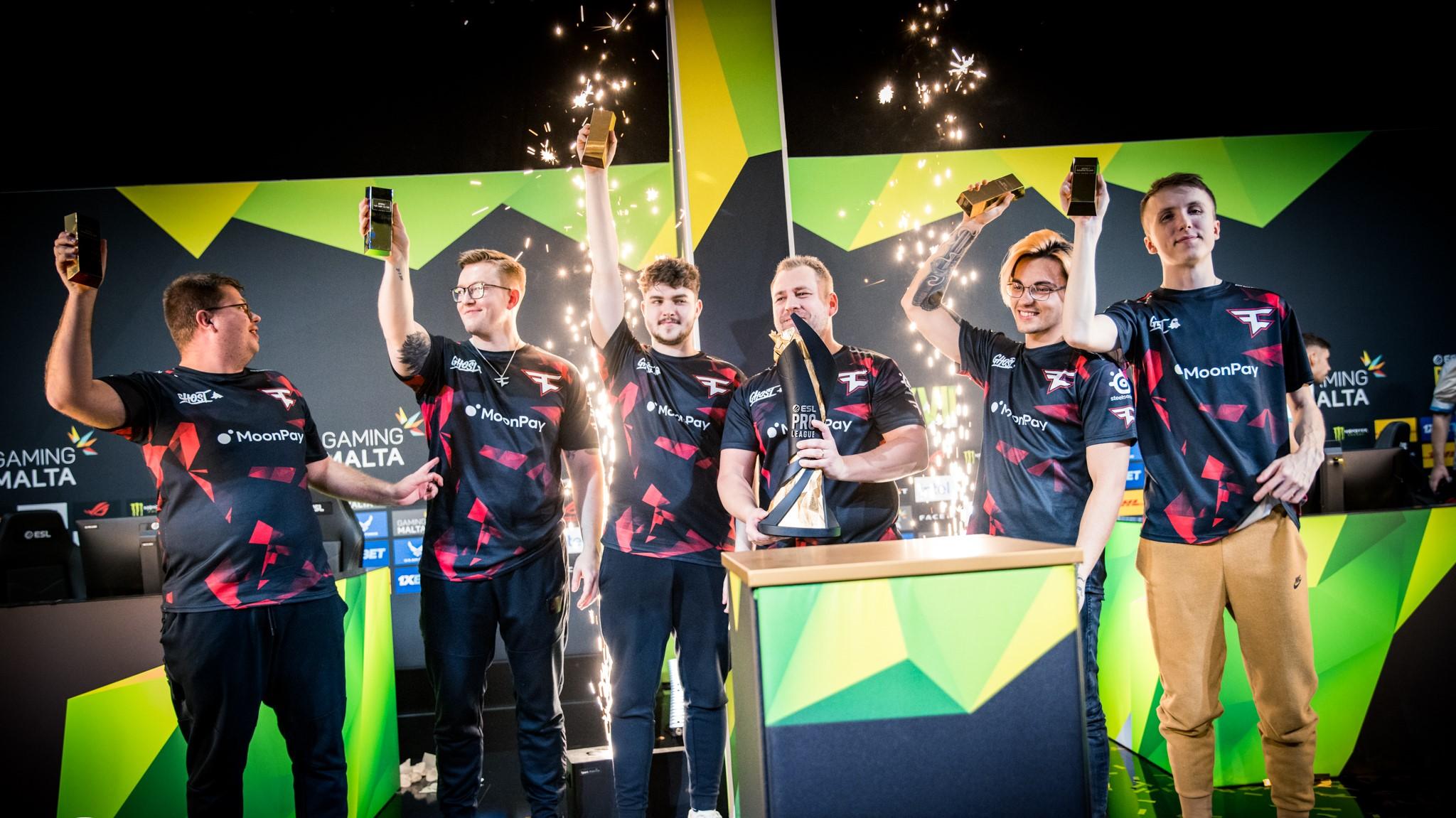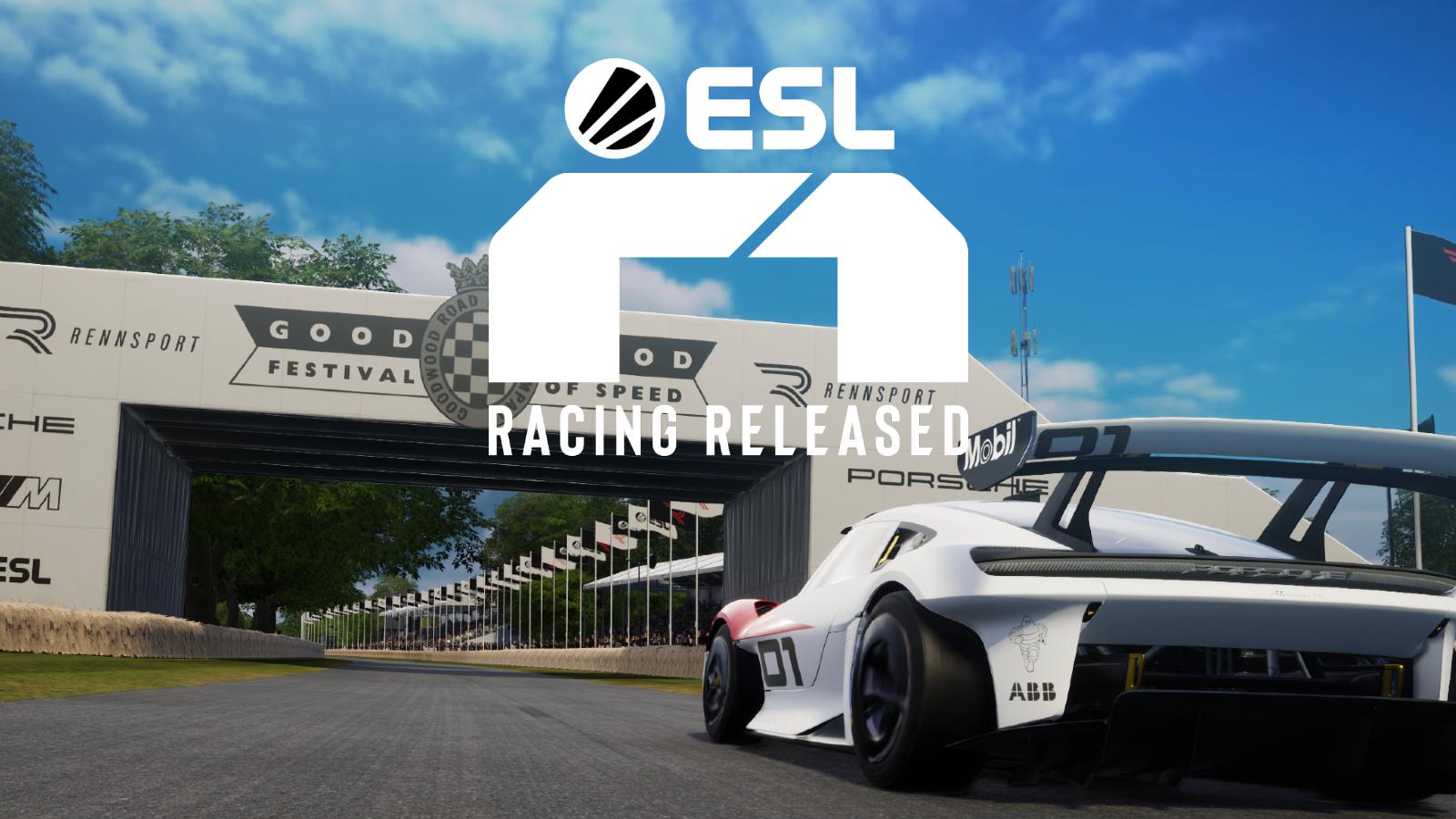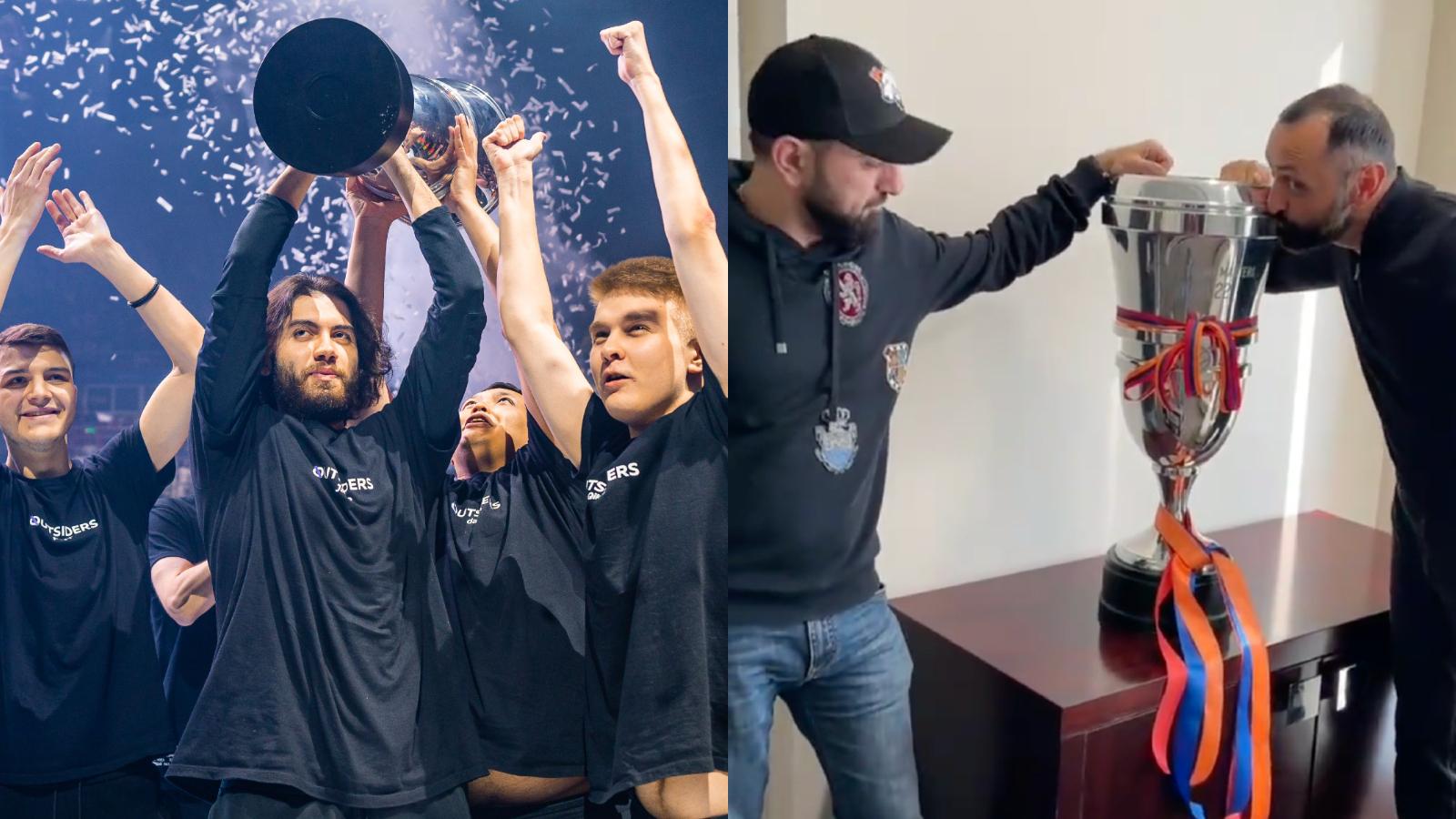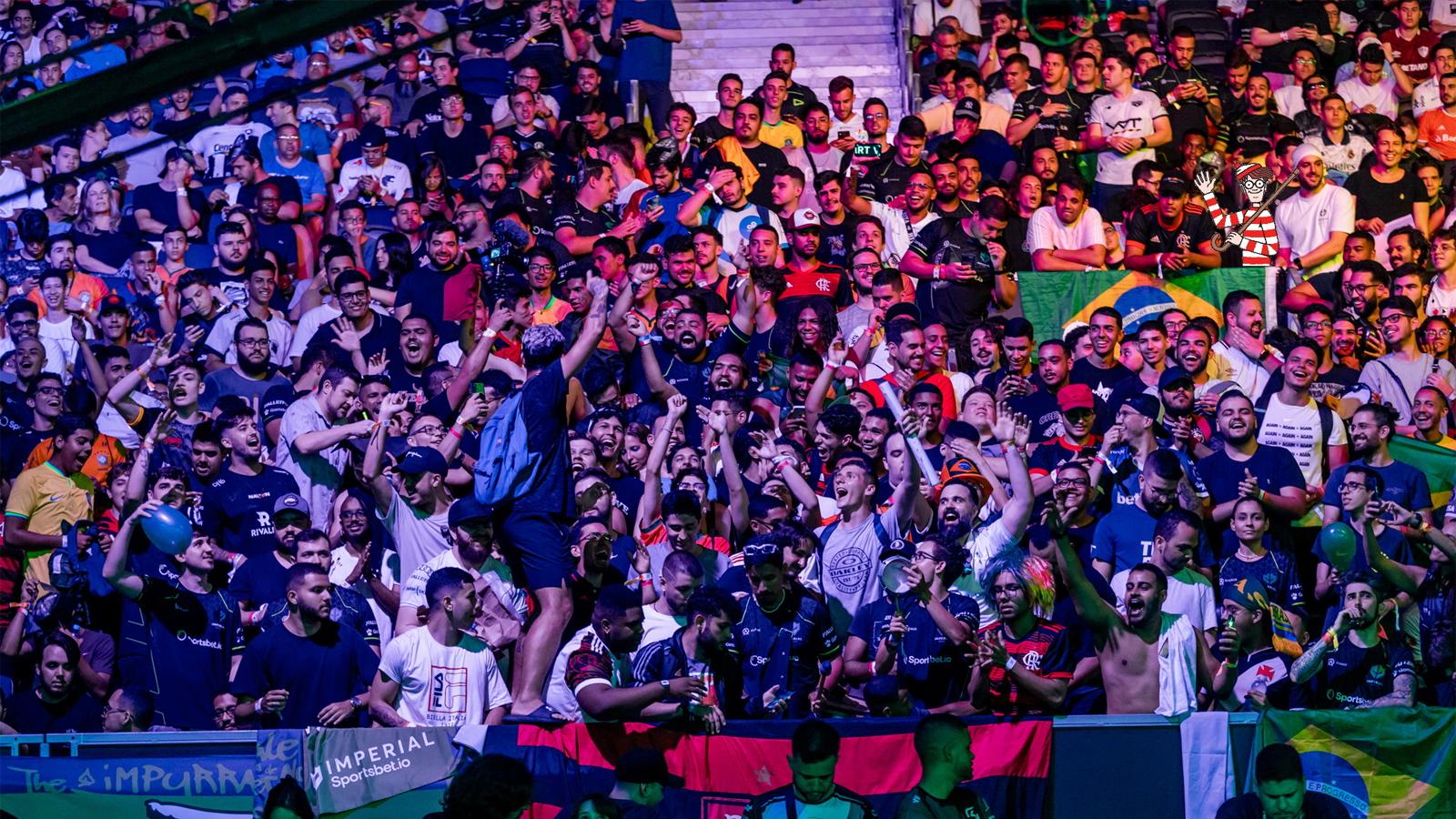ESL Pro League commissioner on saving NA CSGO: “We can’t afford for NA to not be a significant player”
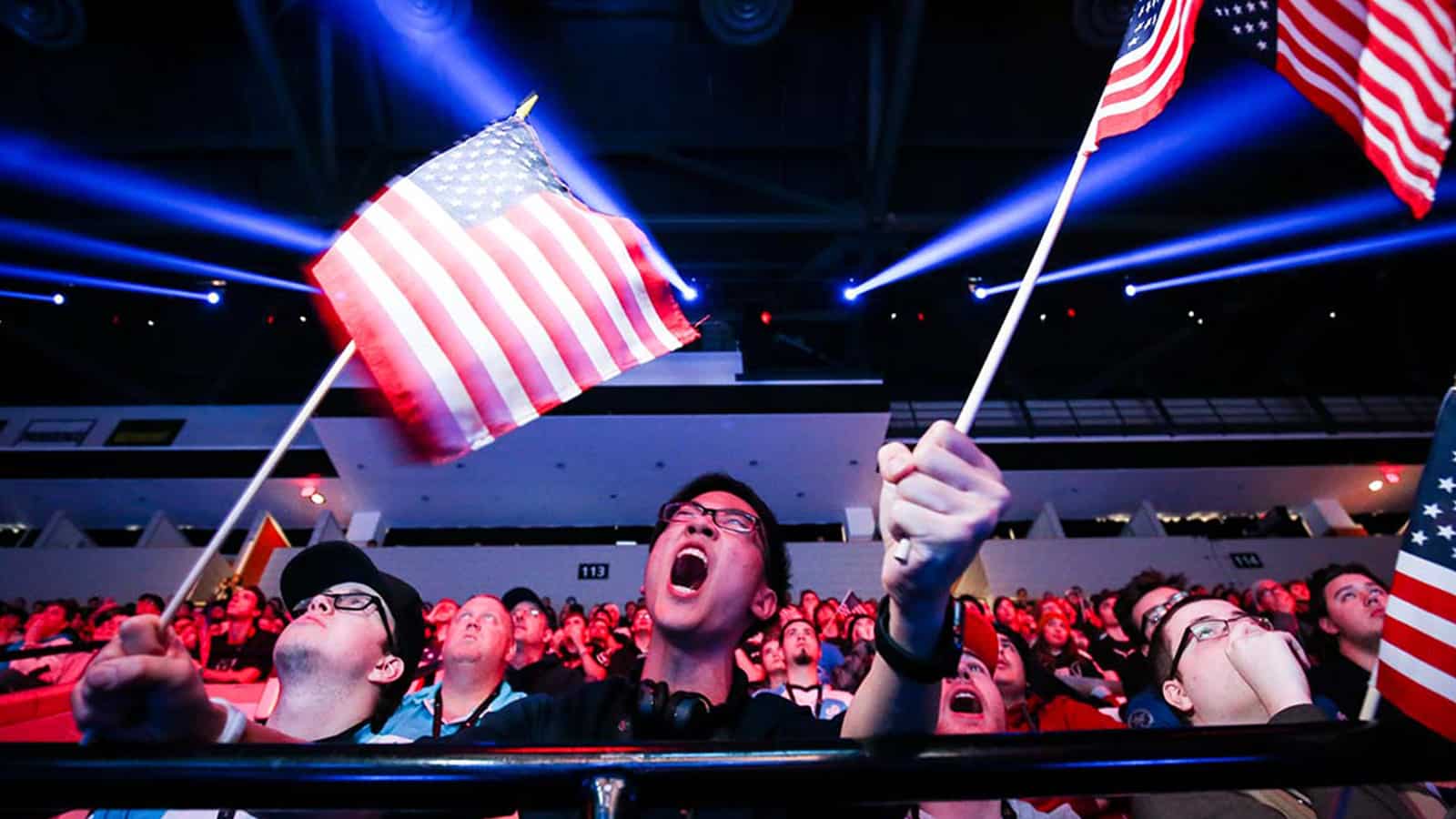 ELEAGUE
ELEAGUEThe Louvre Agreement, a joint venture between tournament organizers ESL and 14 top CS:GO teams, was renewed until at least 2025 earlier in January 2022, and the announcement promised a “redoubling of efforts in the North American scene”. Dexerto spoke with ESL Pro League commissioner Alex Inglot to find out exactly how they plan to revive a region that has taken a beating over the past two years.
The Louvre Agreement was devised with the premise of creating a more sustainable future in competitive CS:GO, specifically for ESL and the teams who bought in, and now it’s taking that mission one step further by tackling ecosystem-wide issues. The state of the competitive CS:GO landscape has been a hot topic of debate over the past two years due to a plethora of reasons, including the global health situation, the arrival of a rival title in Valorant, and perhaps the repercussions of an over-inflated financial situation in North America.
A press release for the recent news of the Louvre Agreement’s extension stated that ESL and their 14 partner teams — which include North American powerhouse organizations like Team Liquid and Complexity — were doubling down on helping to revive the region, but no methods or actual commitments were detailed.
Shortly after the statement, Dexerto spoke with ESL Pro League commissioner Alex Inglot to discuss the exact steps those in the agreement are taking to try and rebuild CS:GO esports in North America.
The decline of North American CS:GO
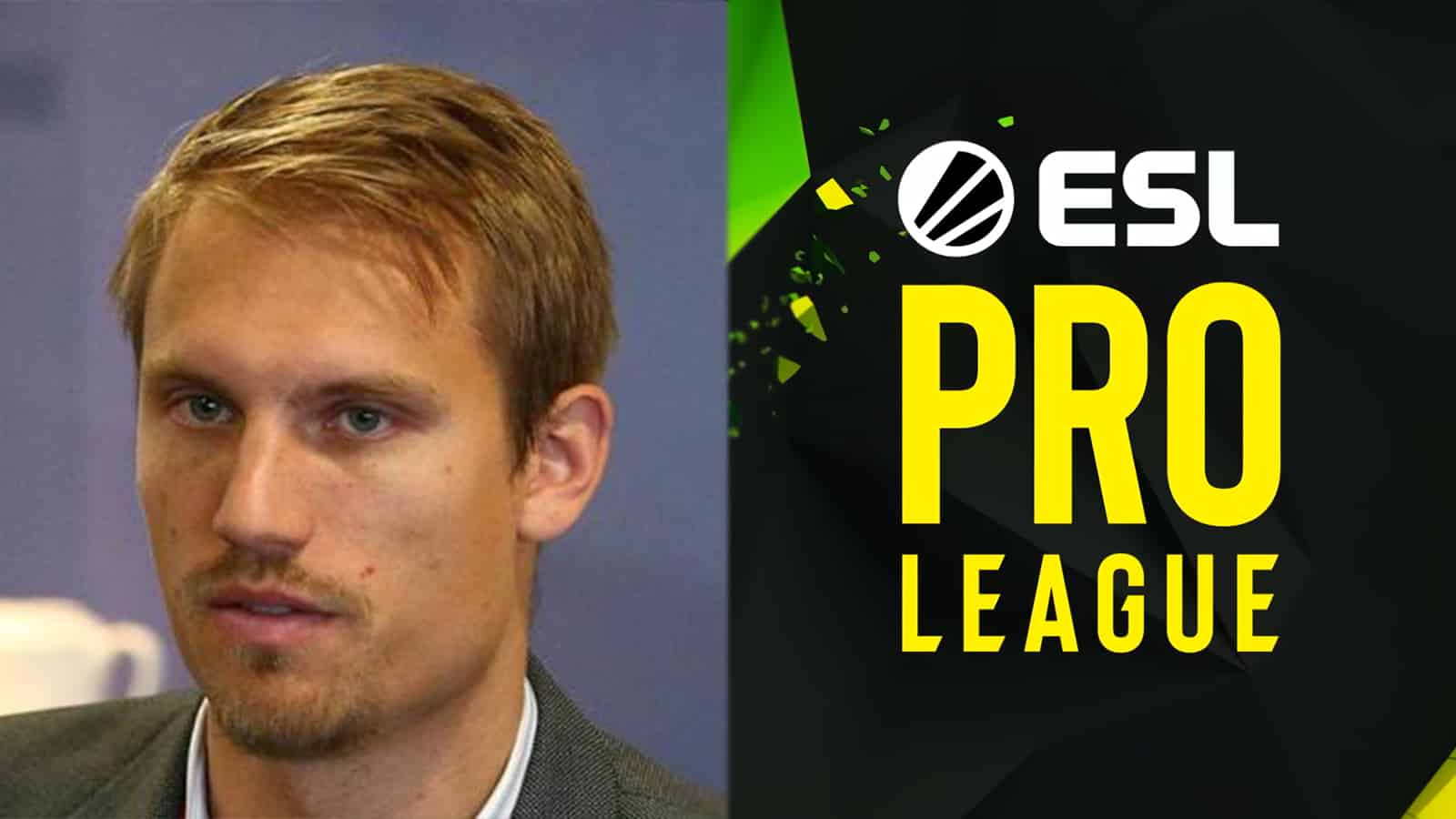 Alex Inglot/ESL
Alex Inglot/ESLBefore detailing exactly how the Louvre Agreement aims to revive North American CS:GO, it’s worth looking at how and why there was the downfall of an entire region in the first place. According to Inglot, the competitive mentality of organizations certainly didn’t help matters.
“Although the history of CS and esports is measured in months and years, not decades, what we’ve seen is that not that long ago every team was wary of every other team,” said the EPL commissioner. “They were competing for players, sponsors, events, slots, fans, everything. They were competitive with each other across almost every measurable metric. There were a whole bunch of very narrow-focused and self-concerned entities who didn’t think beyond their gated community. What I really like about the Pro League is that there’s a joint venture mentality, we have to help each other because we’re now in it together.
“COVID obviously screwed everything up, but it’s also important to know that it’s exacerbated initial existing tensions. You already had a lot of travel for North American teams because the majority of events were happening on the other side of the Atlantic. If you were an NA player, you already were struggling with a pretty heavy travel itinerary. Then there were suddenly fewer events in America, which means that there are fewer fans interested because there was nowhere to go to watch. There’s nowhere for the players to play, so they’ve all got to go to Europe.
“As a result, there’s less prize money in North America and fewer opportunities to showcase your talent as a player. From a business point of view, the sponsors were like, ‘Well, I’m not getting as much exposure here anymore’ and they started questioning why they were in CS:GO. This all made it more difficult for teams to rationalize keeping a roster and a presence in CS:GO, and NA has always been at the top end of salaries.”
Why North America is important to CS:GO
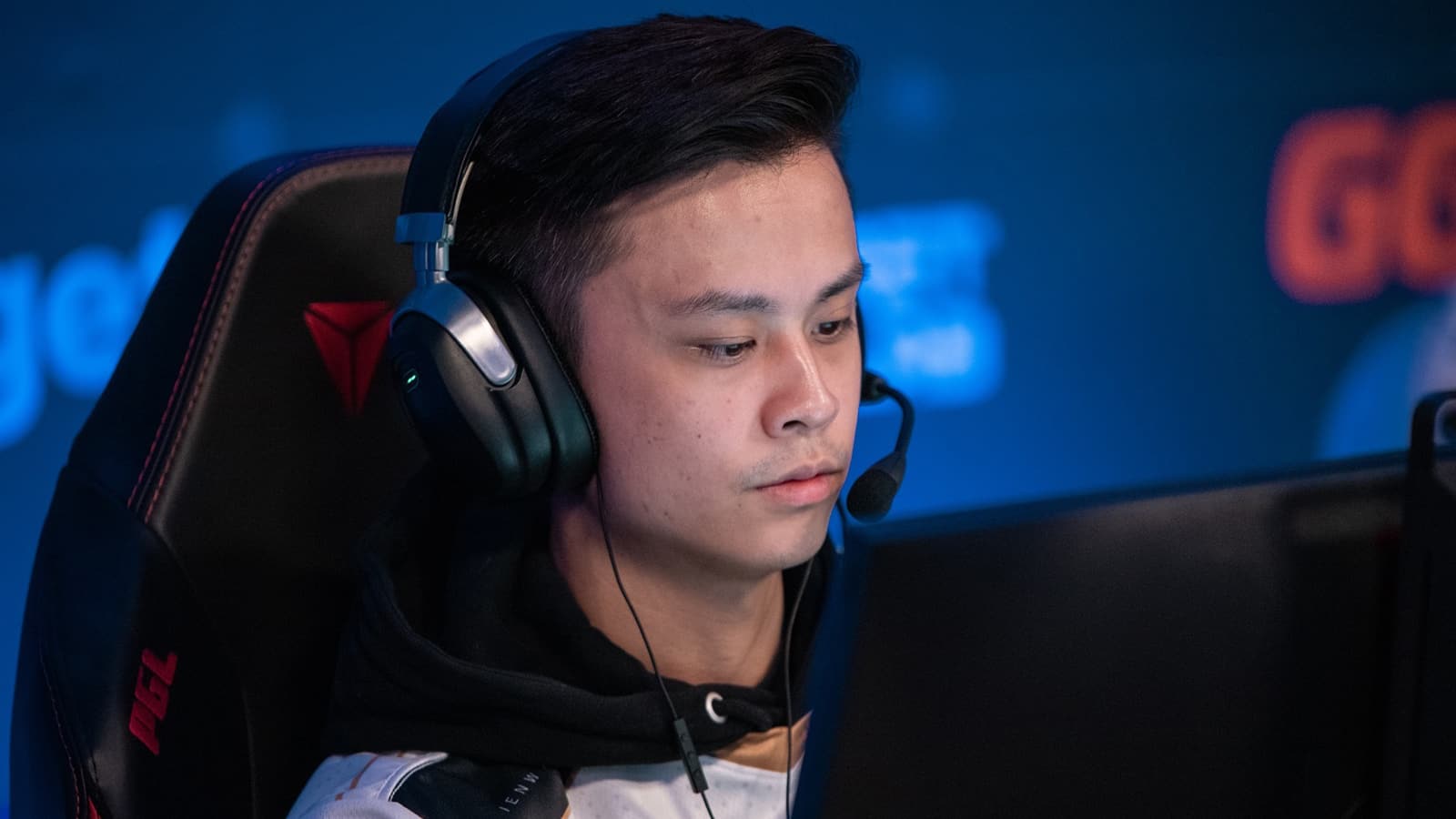 PGL
PGLThere’s been a lot of discussion regarding the decline of North American CS:GO but less so around why the region is so pivotal towards keeping the competitive ecosystem alive and thriving as a whole. It’s no secret that it’s a hotbed of commercial activity and it’s certainly bred some of the more entertaining personalities in the scene — players-turned-successful-creators like Michael ‘shroud’ Grzesiek and Tarik ‘tarik’ Celik have proven as much — but it’s not just players and sponsors that are pivotal for competitive CS:GO.
“North America’s been part of CS:GO since the beginning. We’ve had great players like Stewie2K, who won the Boston Major and so on. NA has always been part of the game’s history, both as a host of events and a host of talent. If we deep dive beyond iconic images then why is it really that important? For us, first of all, we’ve got a large player base in NA where we want to nurture talent. We want them to have a pathway to pro, we want them to be in the tier-one teams, we want them to win events. When you don’t have events going on there it really kind of creates a big disconnect with fans and, let’s be blunt about things, we’ve got massive sponsors and advertisers who are based in NA and who value that market — whether it’s Intel, Monster, Coinbase, or the U.S. Air Force. We can’t afford for North America to not be a significant player in what we’re trying to put together.
“The U.S. is the largest single country audience in terms of hours watched on Twitch. Considering that viewership numbers and metrics are a key portion of how we work out and distribute revenues, that viewership figure is critical. It’s actually more than twice as big as our number two country in terms of viewership on Twitch. The commercial value is ranked amongst the highest as well and when you multiply that against the larger potential audience it becomes clear that NA as a commercial market is critical for what we’re trying to maintain and build.”
A storied past renewed.
We are coming home. #CSGO | #WeAreCOL pic.twitter.com/pw9TYezR5u
— Complexity Gaming (@Complexity) January 18, 2022
Delving deeper into the one-liner hinting at a master plan to revive NA CS:GO, Inglot detailed all of the new features that they’ve deployed as part of their extended agreement.
Reviving North American CS:GO
“I hope it comes through that teams could easily have said, ‘It suits me in Europe that the teams in America are struggling’, but they didn’t have that attitude,” Inglot told Dexerto. “They decided that we actually do need this whole ecosystem, this global game, this circuit to thrive and we can’t afford to not look past our own noses.”
Many of the Louvre Agreement teams are European, with only four fielding North American rosters — namely Team Liquid, Evil Geniuses, Complexity, and Brazilian organization FURIA. The European teams needed to be on board with creating a more inviting and rewarding experience, and willing to sacrifice financial gain in the short term to come to the aid of their North American counterparts.
“First of all, we did a couple of things to improve the travel for partner teams based in North America,” the commissioner explained. “ESL agreed to move around the group stages of the Pro League so that it didn’t mean that the teams from NA had to be there for five weeks or six weeks, and they could spend more time practicing at home and spending time with their family. Together with a few other things, we wanted to make sure we can ease the burden of travel on those players.
“We managed to, through the Louvre Agreement extension, incentivize boot camp facility conditions for teams who base themselves in North America. We got teams to offer other teams opportunities to come and train in their boot camps at discounted prices, or for free. We’re trying to encourage teams to come over and practice with NA teams, not just those in the Louvre Agreement but those who also need to practice.”
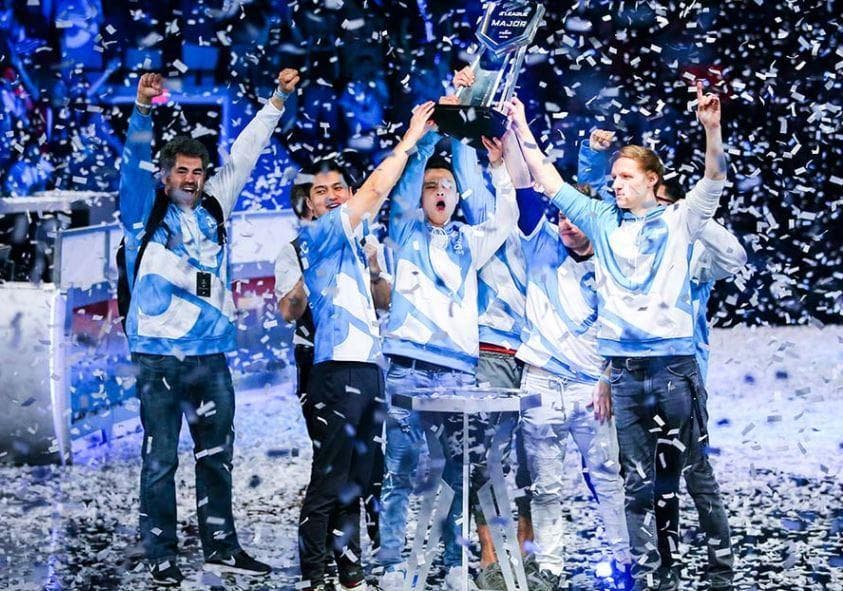 ELEAGUE
ELEAGUEThe real selflessness of the European partner teams comes in the form of allowing their North American partners to have a chance at earning higher revenues, despite all teams otherwise being equal in the agreement, as Inglot went on to reveal.
“We also created a revenue multiplier so if you either have a predominantly North American roster in terms of player nationalities or you agree to reside and practice together in NA for a healthy chunk of 2022, you will receive a multiplier of the revenue that you were going to get based on your traditional metrics, which was viewership and victories,” he said.
“Depending on how you did and how many people watched you in the tournament, you are placed in a ranking and you are given a portion of the money based on that ranking. Now there’s another step, which is if you’re doing those things in NA we’re going to multiply that revenue by up to 1.5 times. That’s a significant chunk of change for those who make that commitment and satisfy those requirements. The European teams understood that there is a chance that, by doing this, they are going to reinvigorate North America and that’s worth doing because of the reality that actually our whole commercial viability depends on having a market there.
“One more thing is that if you are underperforming consistently, there is a mechanism by which you may have to sell your slot. What we did was that if you are an NA team, we’re going to give you a little bit more flexibility around that because the talent issues in NA mean it’s going to be a bit more difficult to do a roster shuffle.”
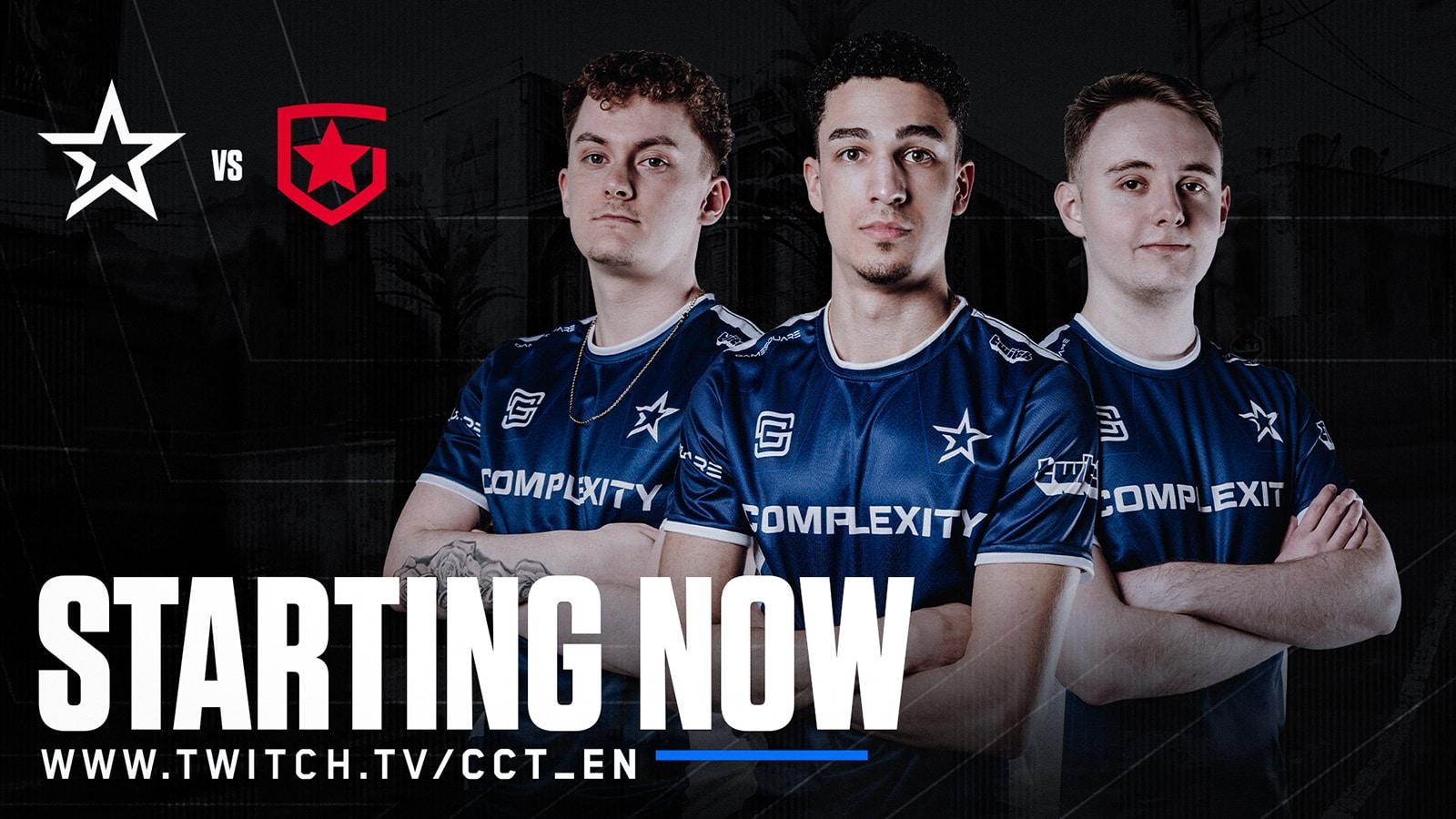 Complexity
ComplexityWhile ESL appears to be tackling the NA drought head-on, the interview made it clear that they don’t believe they can entirely prop up the scene by themselves. A major focus in the conversation was collaboration and accommodation, from the partnered teams to fellow event organizers.
“We can only look after our guys, but we hope that there’s going to be a recognition across the circuit, across the ecosystem that everyone has to do their bit,” Inglot noted. “We’re talking to some of the other tournament organizers in the space and asking what we can do around the calendar to try and make it a little bit easier for NA teams. I think we’ve already rejigged the Season 15 dates to accommodate BLAST in a way that would minimize the time in Europe for the North American teams. We’re also trying to reimagine and improve the ranking system.
“NA was struggling and it needed something proactive. It was not going to happen organically and because of the situation where we have a non-publisher-led ecosystem, it’s really difficult to find anyone who will grab the situation by the horns and do something. ESL often do that and tend to get hit over the head with it.
“You could argue that by funding ESIC it looks dodgy, but no one else is gonna do it and no one else is gonna fund it. When I spoke to ESL about ESIC they said, ‘We are trying to get ESIC off the ground, but we’re not interested in owning it’. We want ESIC to stand on its own two feet but that takes time. We’ll fund it, but we’re not trying to control it.
“I know it looks weird but if we don’t do it, who else is going to do it? The Louvre Agreement structure means that there’s no longer really an ESL thing, it’s ESL and 14 teams now. I can only look after what I can look after, but we’re actively working with other organizers and teams to try and help them.”
While it will take more than a year of this new approach to get North America to a place even vaguely comparable to the vast amount of talent and teams in Europe, if it proves effective at all, Inglot hopes viewers, players, teams, and industry figures alike will recognize the effort and resources going into these initiatives and also contribute themselves where possible. Counter-Strike: Global Offensive esports is better with North America.
